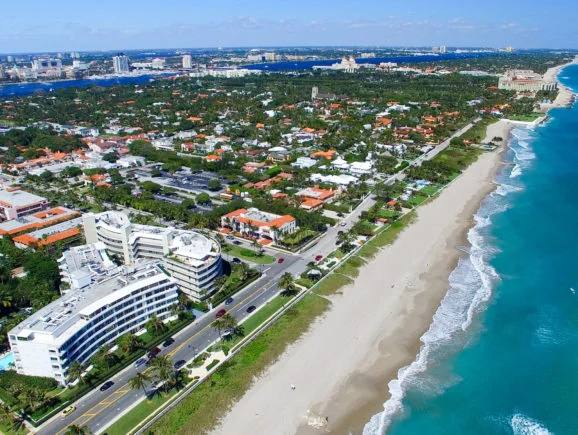How Investments in Climate Resiliency Can Pay Off Later
Read Part 1 in our series about climate resiliency: How to Assess Your Infrastructure to be Climate Resilient
Investments made now to make critical infrastructure more climate resilient have proven to pay off later on.
Several published studies have examined this issue and have estimated that every $1 a utility spends on pre-disaster mitigation or hardening measures will result in $4 to $36 in post-event recovery and replacement savings. With hurricanes projected to become stronger due to climate change, and with recent damage from hurricanes resulting in substantial damage to coastal utilities, from Irma to Harvey, Maria to Matthew, communities have learned a difficult lesson that relying on FEMA to rebuild hasn’t always resulted in a quick restoration to the impacted system’s integrity. FEMA dollars are becoming harder to come by and are likely to continue to become more difficult if projections are correct.
So why is it difficult for a coastal utility to invest in climate resilience? For many utilities, pre-disaster mitigation funds are often difficult to obtain from an already limited budget for reasons such as:
- Measures that aren’t visible and tangible are less likely to receive support from stakeholders. Often mitigation measures cannot be seen easily by the taxpaying public, compared with a new fire station, a new highway, or even a park.
- Post-disaster aid can produce much more political capital than long-term mitigation measures, which are less visible. Officials often accumulate goodwill when the public sees them leading the recovery from a natural disaster, like a hurricane.
- While the necessity of disaster recovery work is obvious, mitigation work is often not a priority for limited utility funds.
However, there are solutions out there to help a utility obtain funding of resilience measures.
Not sure where you are in the process? Freese and Nichols’ team has experience assessing climate vulnerability of infrastructure and creating climate resiliency. Our team has conducted climate vulnerability assessments for several utilities in coastal Florida and Georgia, and helped plan and design hardening measures to make those utilities climate-resilient. We also have expertise in the overall master planning and funding required to pay for these necessary improvements.
Originally published July 9, 2020





